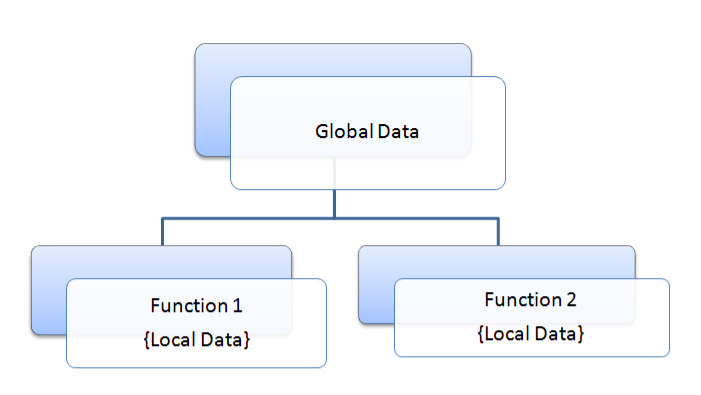Procedure Oriented Programming
Disclaimer: This work has been submitted by a student. This is not an example of the work produced by our Essay Writing Service. You can view samples of our professional work here.
Any opinions, findings, conclusions or recommendations expressed in this material are those of the authors and do not necessarily reflect the views of UK Essays.
Submitted by: Gagandeep Singh Brar
Procedure oriented programming is a set of functions. In this program Clanguage is used. To perform any particular task, set of function are compulsory. For example , a program may involve collecting data from user, performing some kind of calculation on that data and printing the data on screen when is requested. Calculating, reading or printing can be written in a program with the help of different functions on different tasks.
POP method also emphases the functions or the subroutines.
Structure of POP method
Here is some problems in POP method like its difficult to handling data because it gives no importance to data. Dat means the information that are collected from user and after calculation new result come. If any one is familiar with C programming than he may recollect storage classes in C. In C, data member is declared GLOBAL in order to make 2 or more functions in the program. What happen when 2 or functions on the same data member. For example, when if there are 7 functions in a program and this become a global data member. Unfortunately, if the value of any global data member or that may key element than it will affect the whole program. It is a big problem to identify that which function is causing the problem.
Handling of data & functions in POP
One of the most important feature of C language is structure. Programmer use integer data, decimal point data(float), array data pack together into single entity by using structure. The reason of the popularity of structure was introduced first by c language.


